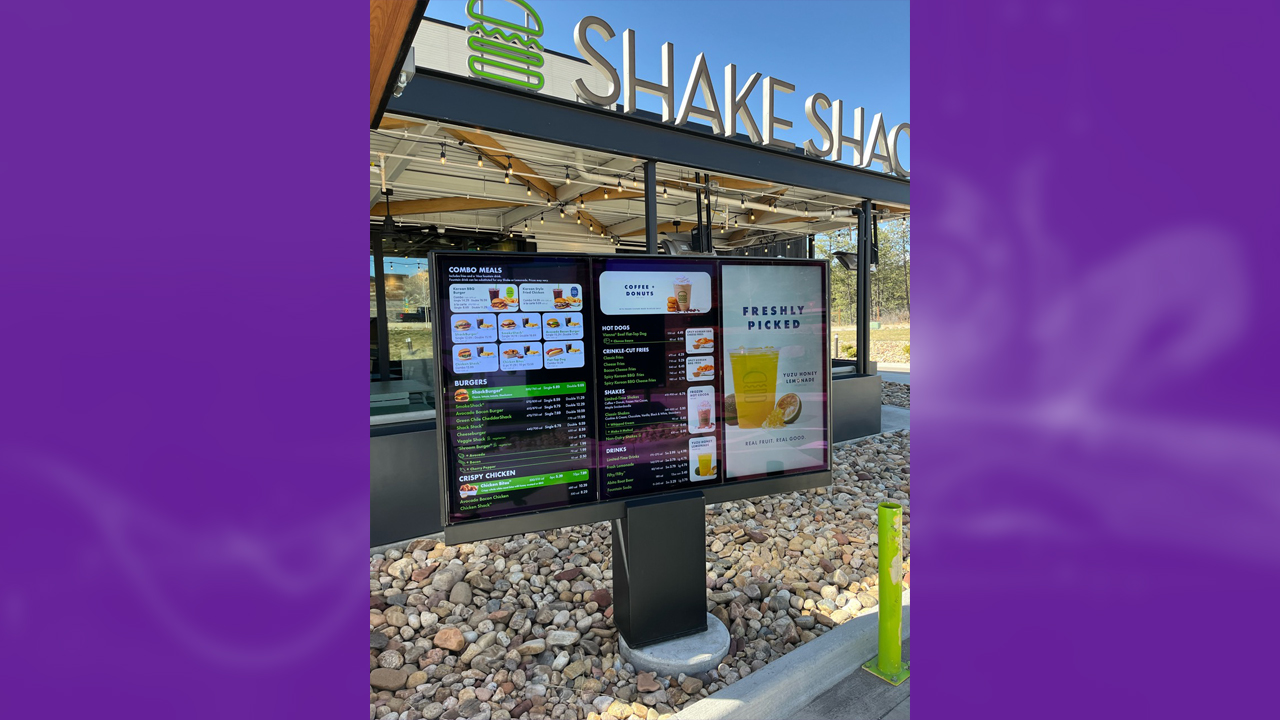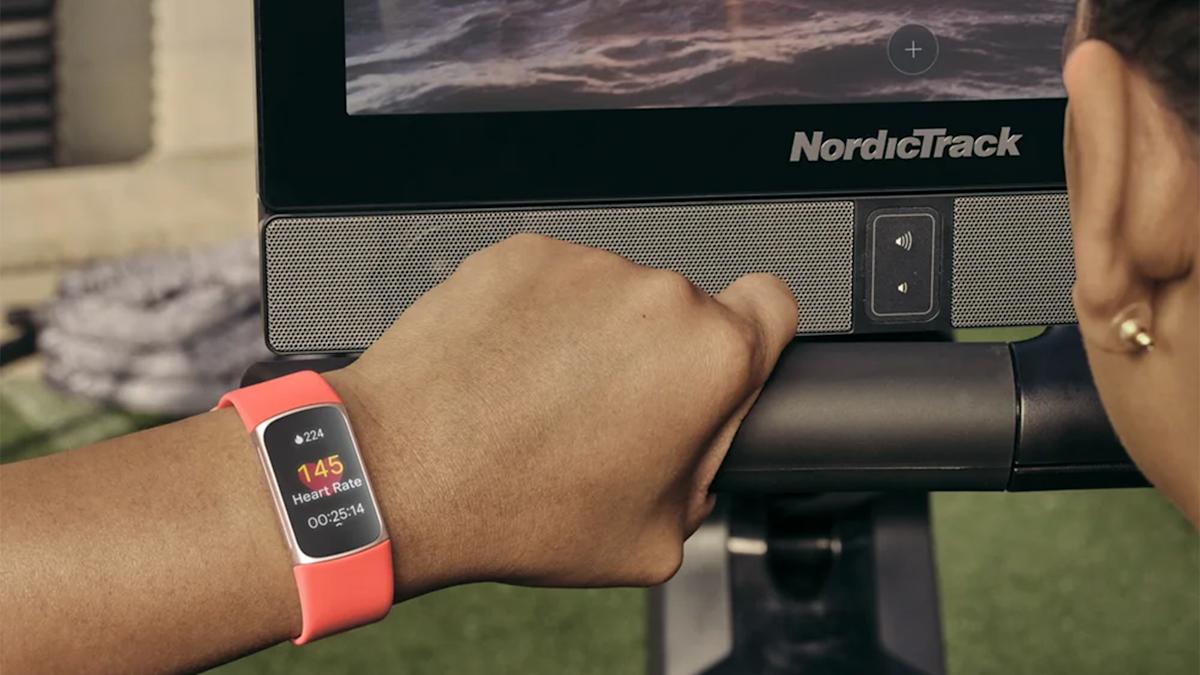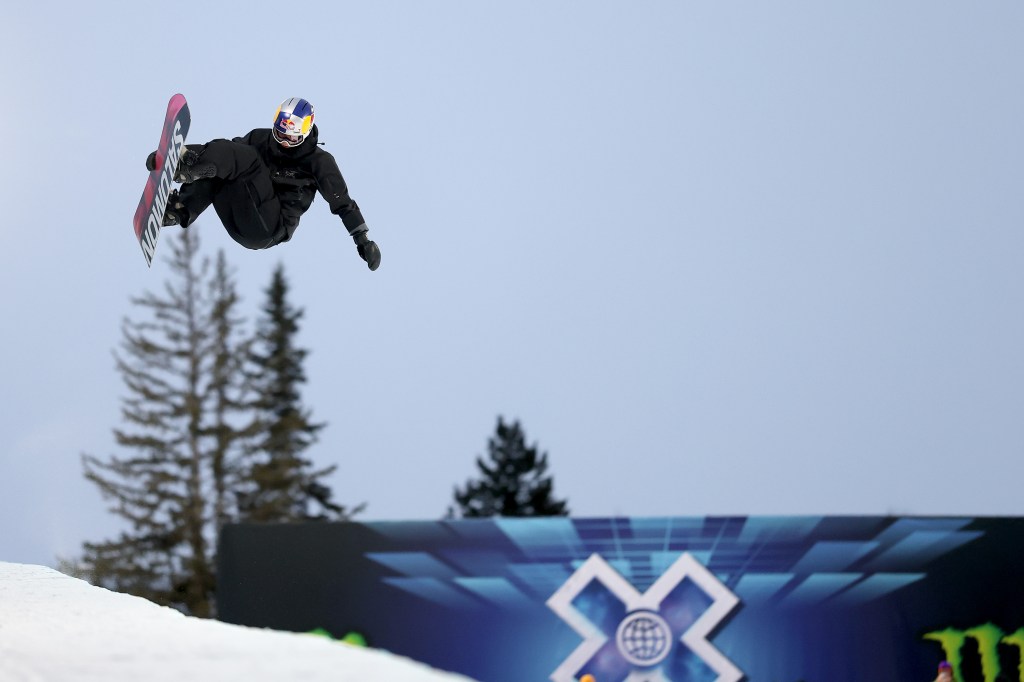As much as the term “customer experience” has become somewhat of a buzzword, it has also become a serious consideration for businesses across almost every sector in today’s post-pandemic world.
Consumer behavior has shifted drastically over the past five years and continues to change based on a number of external factors, including economic uncertainty, climate change and a volatile political climate. Companies are now tasked with meeting the customer where they’re at – wherever that may be – and creating an overall experience that almost transcends the product or service being sold.
In consumer-facing industries, such as entertainment and hospitality, technology can be used to make customer interactions more efficient, personalized and engaging. BizTimes spoke to a few consumer-facing businesses in the region about how they’re using new and innovative technology to improve the consumer experience.
Smarter, faster drive-thrus
The COVID-19 pandemic created growth opportunities for quick-service restaurants, thanks to drive-thru, carryout and online ordering systems that were already established and equipped to handle an increase in demand for off-premise dining. Some brands used the shift as an opportunity to invest in upgrading their e-commerce sites and mobile ordering platforms.
Five years post-pandemic, a lasting trend in the QSR category has been the use of drive-thrus as a preferred ordering method, and many fast-food restaurants have made efforts to improve their drive-thru systems with the latest technology, including digital screens, order confirmation and, most recently, voice AI.
The Howard Company is currently working with several large-sized, national QSR clients to test voice AI tech in their drive-thrus, said president and CEO Sara Sina. The Brookfield-based company provides branding signage and technology, including drive-thru equipment, digital displays and indoor menu boards, primarily for the restaurant industry but also for banks, convenience stores and grocers.
The company is now pairing its order confirmation system with third-party voice AI technology for a better customer experience in the drive-thru line, said Sina. Digital order confirmation allows the customer to see their order as they’re placing it, speeding up service and reducing errors. With the integration of voice AI, an AI agent – instead of a human being – takes the order using voice recognition.
Sina said the voice AI technology is currently about 90% accurate and is quickly approaching human-level accuracy, while also sounding more and more conversational and human-like. The agent is receptive to order customizations and corrections, but if there are communication challenges, The Howard Company’s software allows a human operator to seamlessly intervene anywhere in the ordering process.
“Speed, convenience, and accuracy are the biggest things that people are looking for – besides good food – when they go through the drive-thru, and all of these technologies are meant to help with that,” said Sina.
Voice AI eliminates the need for a person to be manning the drive-thru all day, enabling the restaurants to save on labor costs.
Self-order kiosks have also been a popular tech addition at many fast-casual restaurants, said Sina. The kiosks help with “handling peak surge,” keeping lines at the counter at bay, but they also allow customers to feel more control of the order process with customization options at their fingertips and more time to peruse the menu. A kiosk screen also has more space than an overhead menu board to display detailed descriptions of each item.

A baseball fan walks into American Family Field using the new hands-free MLB Go-Ahead Entry option. Credit: Milwaukee Brewers
Getting into the ballgame – faster
Over the past year, the Milwaukee Brewers have implemented new technology at American Family Field to make arrival and entry more efficient for fans.
This season, a new facial authentication ticketing system, called MLB Go-Ahead Entry, was installed at two of the stadium’s seven gates, with plans to expand the option to more gates next year. Last season, the Brewers introduced a new automated parking payment system that allows fans to pay in advance or day-of using QR codes posted in the parking lots. Both systems are integrated into the MLB Ballpark app.
“One of the things we’re trying to do with parking and ingress is to make it a much more seamless experience,” said Rick Schlesinger, president of baseball operations, at a March press conference previewing the 2025 season. “People want to get here, they don’t want to wait in lines, they want to come to the ballpark … If you can get here faster, that’s a good thing.”
The Brewers are now one of 10 MLB teams to implement the voluntary MLB Go-Ahead Entry system. To use it, fans who are 18 or older can register and enroll by capturing a live selfie in the MLB Ballpark app. Upon entry at one of the designated gates, fans proceed through security and then – instead of taking out their phone to show their ticket – they simply walk past a facial recognition camera and straight into the ballpark. For groups, only the ticket holder needs to be enrolled in the system for everyone to enter using MLB Go-Ahead.
Schlesinger told BizTimes in June that MLB Go-Ahead has “dramatically” increased the speed of entry into the ballpark and the number of fans using the technology has increased from game to game as well, averaging about 1,800 scans per game. The positive reception from fans was expected based on the successful rollout of the technology at other ballparks, and it’s why the Brewers are “seriously considering” having it available at all gates next season.
“I think fans appreciate the fact that we’re using this technology to help them get into the ballpark faster,” said Schlesinger, adding that quicker entry is also good for business. The sooner fans step into the stadium, the sooner they can purchase concessions, merchandise and the like.
Schlesinger says he’s “bullish” on what technology can bring to the fan experience but acknowledged the varying levels of comfortability around its use. For example, some people may not be comfortable giving out their personal information or an image of their face.
“We want to make sure that there’s alternatives for them because not everybody’s going to embrace technology at the same level or have the same level of comfort, and we want to make sure that we don’t alienate any one or portion of our fan base,” he said.
As the Brewers continue to realize the benefits of technology, Schlesinger said it’s important to keep an open mind and continue to try new things, “even if they don’t work the first time.”
When the Brewers debuted their new QR code-based parking payment system on Opening Day last year, many users experienced connectivity issues, forcing the system to be temporarily suspended. It relaunched in August after additional testing and has worked “extremely well” since then, according to Schlesinger.
Developed by Milwaukee-based Interstate Parking Co., the system uses license plate recognition technology and eliminates the need to wait in line at the entrance to pay for parking or scan a pass. Instead, fans drive straight into the lot, still directed into spots by parking attendants onsite. QR codes posted visibly on light poles throughout the parking lots allow fans to activate a pre-paid parking pass or purchase a pass upon arrival. As an alternative to scanning a QR code, fans can find a parking ambassador or pay station to complete the transaction.
“We’re seeing a tremendous increase in how quickly cars can come in and park,” said Schlesinger. “And the beauty of the system is no longer is there a transaction at the parking entrances that can require a credit card or cash … it takes time to have a transaction.”
Reflecting on the issues with the initial rollout, Schlesinger said launching the new tech on Opening Day, one of the busiest days of the year, was probably not the best idea. The Brewers and Interstate purposefully delayed the relaunch until August to be sure all the kinks had been worked out. While fans have largely adopted the new system, there is still – like with most things – a learning curve.
“Innovation and technology, they come with challenges and pitfalls and sometimes things don’t work, but that’s not a reason not to pursue it,” he said.

Moviegoers can order food and beverages ahead of time or from their seats through the Marcus Theatres mobile app. Credit: Marcus Theatres
High-tech cinema
Marcus Corp. is another Milwaukee-based company that has invested heavily in technology in recent years to improve the on-premise customer experience. Its theatres division today sells 70% of its tickets through online channels, including its mobile app, its website or partner ticketing sites, according to Marcus Corp. chief financial officer Chad Paris.
The Marcus Theatres mobile app was first rolled out in 2020 and has since evolved to allow customers to not only purchase tickets but also pre-order concessions, sign up for the chain’s loyalty program, redeem gift cards and more.
Concession ordering was added to the app soon after its debut. At the time, the function was based out of necessity due to the pandemic, but it continues to add value to the theater experience – and to business.
“When we get customers to use online ordering, they tend to buy more,” said Paris. “They’re buying more items, and more customers are buying food and beverages that way.”
He said there’s a tendency for customers to bypass the concession stand if the line is too long, so “we’d like to shift as much of the purchasing process to the app just to help alleviate the lines at the concession stands.”
Beyond its mobile app, Marcus Theatres has installed new digital projection technology for enhanced viewing and the opportunity to expand programming into live and pre-recorded musical performances, sporting events and other alternative content. It has also made investments in its loyalty system to better understand and analyze customer data around genre preferences and purchase behavior.
“I would say the technology right now is allowing us to provide a higher level of customer service and a better experience for customers,” said Paris. “It’s giving us insights into what customers expect and what they want. And it’s helping our associates more efficiently serve the guests and allowing us to allocate resources and labor more efficiently.”































































